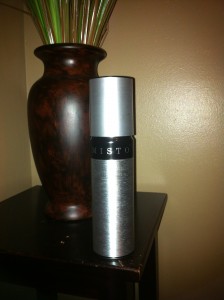I would say harvesting a deer only for the trophy rack is unethical. I hunt for the meat and meat only. That doesn’t mean I won’t pass up a small yearling or doe early in the season knowing there is more time to find a larger deer, but I don’t trophy hunt. The primary purpose of harvesting a deer should be for eating and/or preserving the meat. I also feel it is ethical to make use of all parts of the deer within your knowledge and to always strive to find more ways to make use of every part of the harvested deer. Currently we have the deer we harvest processed for meat and when I field dress the deer I also save the liver and heart so that they can be cooked and eaten fresh or frozen for a later date. In the coming years I plan on learning to save the hide, antlers, and bones and make use of them.
I think the harvest of deer as a meat source is in line with the idea of permaculture and sustainable living. It is a sustainable source of free range meat in which 2 or 3 harvested deer can provide a family of 4 all the burger, steak, and sausage needed for almost a year. Some other topics in this deer hunting series will be how to sight in a rifle, how to field dress a deer, muzzleloader care, and maybe some recipes on how to cook up the liver and heart of the deer.
As always please feel free to leave your comments and also if you don’t mind follow us on facebook , twitter, and/or join our mailing list.






 We go through quite a few cans of olive oil spray every year. We seem to use it for almost every meal we cook. My wife picked up a refillable Misto Olive Oil Sprayer recently. Many might already use these, but I thought I would share this as it is a great way to reduce waste since we will no longer be throwing all of those olive oil spray cans in the landfill any longer.
We go through quite a few cans of olive oil spray every year. We seem to use it for almost every meal we cook. My wife picked up a refillable Misto Olive Oil Sprayer recently. Many might already use these, but I thought I would share this as it is a great way to reduce waste since we will no longer be throwing all of those olive oil spray cans in the landfill any longer.
